The Loire Valley
The Loire Valley is known as the Garden of France and the Cradle of the French Language. It is also known for its architectural heritage and historic cities, and especially for its world-famous castles.
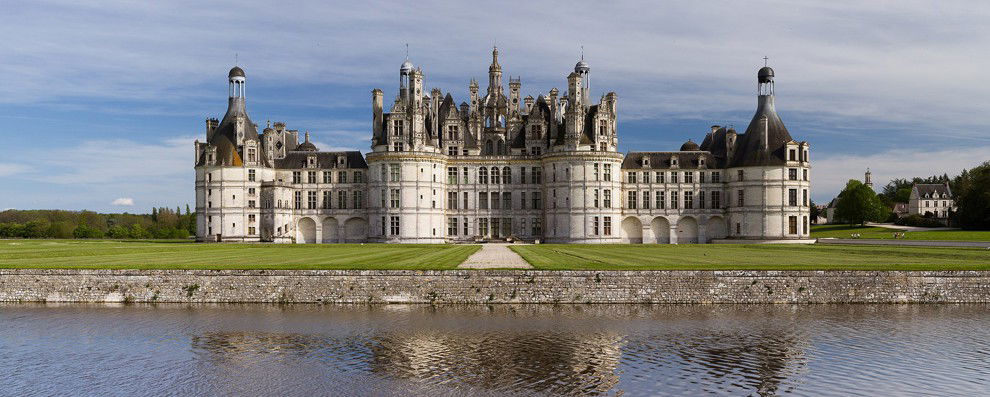
Orléans is the capital of the Loire Valley region. It is a French commune located about 120 kilometers south of Paris. Its central location makes it a hub for various routes between French and other European cities.

Orléans' history is closely linked to Joan of Arc's exploits during the Hundred Years' War. Among these, the Siege of Orléans stands out, marking the first major victory for Joan of Arc and France.

After 9 days of battles, the siege ended favorably for the French, and Orléans was liberated, elevating Joan of Arc's reputation to the status of heroine of France.
Throughout the game, we'll travel to 22 cities in the Loire Valley, starting from Orléans. We'll look to prosper and also help France grow with us.
Let's explore Orléans!
Orléans - Game Info
Orléans is a 2-to-4 players game, age 12+, by designer Reiner Stockhausen. Art by Klemens Franz.
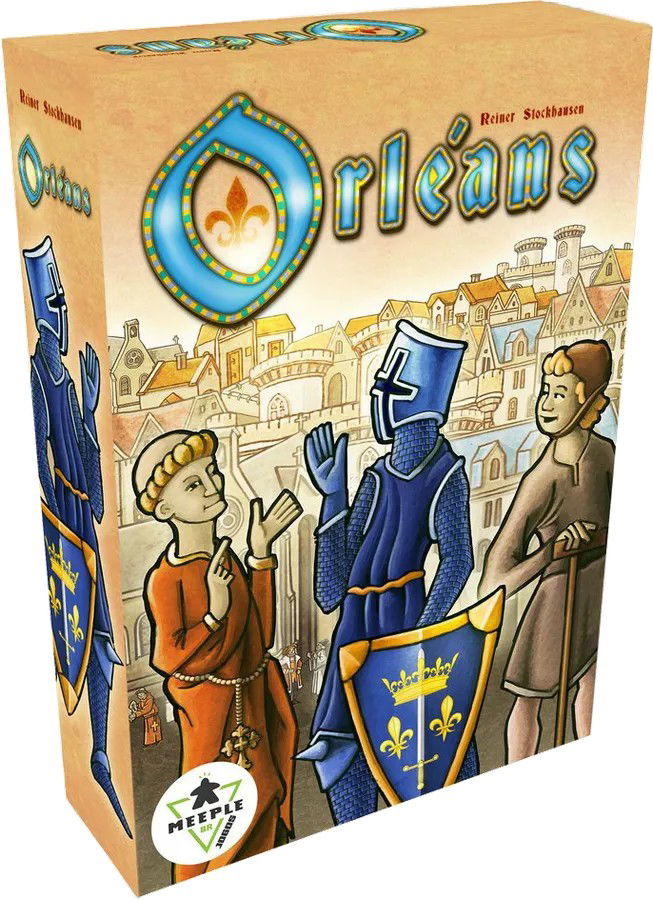
Orléans was released in 2014 by DLP Games, and in Brazil in 2017 by MeepleBR Jogos. Among the mechanics, the main ones are: point-to-point movement, collecting sets, placing different types of workers, technology trees/tracks, events and simultaneous actions.
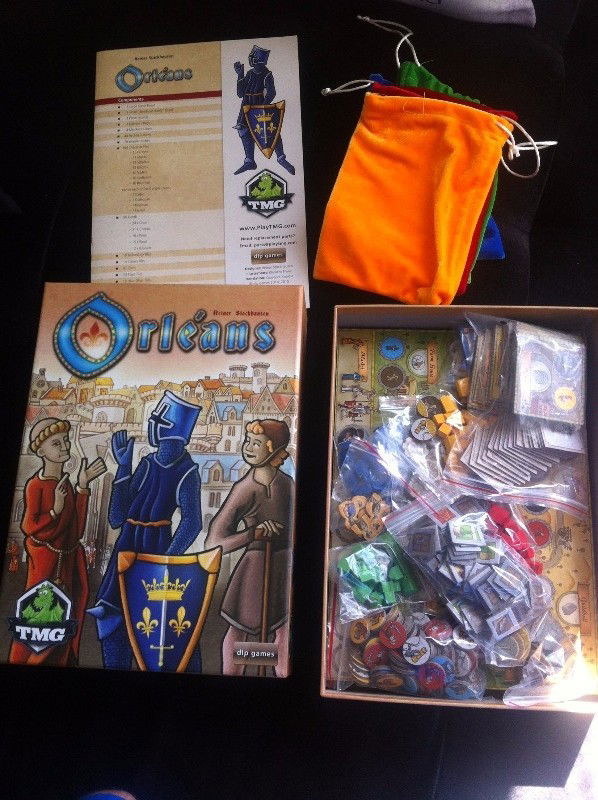
Orléans has been a standout since its release, winning several awards:
- In 2015, it won Game of the Year from JUG Adult;
- In 2016, it won Best Expert Game from Gouden Ludo;
- In the same year, 2017, it won the Complex Game Category from MinD-Spielepreis;
- Also in 2017 it won Best Expert Game from Nederlandse Spellenprijs.
In addition, it has received several nominations, including the Kennerspiel des Jahres in 2015. It is a board game classic.
Playing the Game
Amidst the routine Medieval France events, such as tax payments, plagues, pilgrimages, and more, we depart from Orléans, onward to 22 different destinations, including historic cities known for their beautiful castles and gardens.
Along the way, we meet farmers, merchants, boatmen, artisans, scholars, knights, and monks, and with their skills, we'll prosper together. Whoever manages all these factors the best will prevail. Are you ready for the challenge?
This is the scenario for Orléans!
We start the game in the city of Orléans, with our merchant token, 5 coins, and 10 trading stations to build in the cities. In addition, we already have four starting characters in our color: a farmer, a boatman, a craftsman, and a trader, which we put in our followers bag.

Now let's understand how each phase of the round works:
- Phase 1 - Hour Glass: The starting player flips the tile with the hourglass marker. This indicates the length of the game, and also determines an event that will be in effect during that turn;
- Phase 2 - Census: Here, whoever has the most farmers wins 1 coin, and whoever has the fewest pays 1 coin. However, if there's a tie in either count, no one wins/pays.
- Phase 3 - Followers: Here, we draw character tokens from our bag in the quantity indicated by our marker on the knight track and place them on the market. This phase occurs simultaneously for all players;
- Phase 4 - Planning: This is the most strategic part of the game. You can use some or all of the character tokens in your market to activate actions in Places. This phase is also simultaneous;
- Phase 5 - Actions: Now you can perform the actions of the Places you activated, that is, where you placed the required character tokens. Starting with the first player, each player can perform 1 action or pass. However, if they pass, they can no longer perform any actions for the round;
- Phase 6 - Event: Resolve the current event, shown in Phase 1 - Hourglass;
- Phase 7 - Starting Player: The starting player of the round passes the first player token to the player to their left.
Here's a brief explanation of the events that can occur during the game:
- Pilgrimage: During this event, you cannot recruit monks. After all, they are on a pilgrimage;
- Income: Receive coins equal to your development status;
- Harvest: Pay one food item during the harvest season. If you can't, pay 5 coins. If you don't have either, you go bankrupt (losing even more valuable items);
- Taxes: Pay 1 coin for every 3 goods you have. If you can't pay, you go bankrupt;
- Trading Day: Receive 1 coin for each trading station you built;
- Plague: Each player loses 1 character token. Draw a character token from the bag; if you're lucky enough to draw one of your starting characters of your color, they are returned to the bag.

Now let's talk about characters: there are specific locations on the board where we can obtain them, and advance along their respective tracks, which is very important:
- University: here we get scholar tokens (gray), which allow us to develop (gain development points);
- Castle: here we get knight tokens (red), which allow us to draw more followers each round from the bag in Phase 3 - Followers;
- Monastery: in this location we get monk tokens (yellow). They don't provide bonuses, but they can be used in place of any other character, sort of a wild card;
- Farm House: here we get farmer tokens (white) and goods;
- Village: where we get boatman (blue), craftsman (brown) or trader (black) tokens. The boatman gives money, the craftsman gives a technology token (gear), which replaces a character (except the monk), and the trader allows you to build a Place that can only be activated by you.

On the main board, we also have access to Places with other possibilities, namely:
- Ship: allows traveling between cities through a river route;
- Wagon: allows travel between cities by road;
- Guildhall: allows you to build trading stations;
- Scriptorium: grants points on the development track;
- Town Hall: provides access to another board, the Beneficial Deeds board. It provides other bonuses and, for the player who completes them, guarantees a Citizen Token, one of the victory points' multiplier at the end of the game.

Traveling through different cities is the best way to get goods (grain, cheese, wine, wool, and brocade), and also to build trading stations, so be ready to travel a lot - no matter if by ship or wagon!

We've already discussed the Places that are already on the main board, but there are Places which can be built with the help of traders. These offer more possibilities for our characters, namely:
- Places that provide specific goods;
- Places that allow developments (award development points);
- Places that provide coins;
- Places that allow you to exchange coins for development points;
- Places that provide income from trading posts;
- Places that allow you to recruit more followers;
- Places that allow some characters to act as if they were others, such as the monk;
- Places that protect against events;
- Places that expand the market;
- Places that generate more technology (gear).
An important piece of information is that as you progress along the development track, you earn coins and citizen tiles (only for those who pass through first). There's also an important marker on this track: the Development Status. It's star-shaped and indicates your current development level. It's an important indicator because it affects some events and places, and it's also another of the multipliers at the end of the game. So, remember to do developments!

In short, a round of Orléans basically boils down to:
- Reveal the event that will affect everyone;
- Receive or pay coins for having more or fewer farmers;
- Remove followers from the bag and place them on the market;
- Place followers on the main board and/or in constructed places;
- Activate the locations where we placed followers;
- Resolve the round's event;
- Pass the first player token to the player on the left.
That's a round of Orléans!
Ending the Game
The game ends after the 18th round. Before counting points, the player who built the most trading stations receives the last remaining citizen token. In the event of a tie, neither player receives this token.
Now each player scores victory points as follows:
- Brocade: 5 points for each token;
- Wool: 4 points for each token;
- Wine: 3 points for each token;
- Cheese: 2 points for each token;
- Grain: 1 point for each token;
- Coins: 1 point for each coin
- Trading Stations and Citizen Tokens: Add your trading stations and citizen tokens together and multiply them by your Development Status.

The player with the most points wins. In case of a tie, the player further ahead on the Development Track wins. If still tied, there are multiple winners.
Strategy Tips
Orléans is a highly strategic game with numerous possibilities. Managing them all simultaneously is key. Here, I'll analyze phase by phase how to make the most of each one.
Regarding the events that appear in Phase 1, the Hourglass, it's best to always be prepared. That is, always have at least one food item to pay for the harvest, save coins to pay taxes, build trading stations to earn money, and, regarding the plague, try and be lucky. These events significantly alter the game, so don't get too comfortable!

In Phase 2, Census, try and have the most farmers in order to gain 1 coin, or try to be in the middle, even if you get nothing. It's better than being last, and having to pay 1 coin.

In Phase 3, Followers, we depend entirely on how well we manage our knights track. The more followers we have, the more followers we can put into the market to activate the places, meaning our turn will be more profitable. This is one of the game's tricks. Use it to your advantage!

Now comes the center of the game, Phase 4, Planning. Carefully and strategically choose where to put your followers—which places you want to activate to gain more resources and followers, travel, build new places to use in the future, etc.

Here are some general rules of thumb, which aren't the one and only path to victory, but can certainly help you out:
- Invest in craftsman, as they give you technology tokens (gears) that replace a character in a place until the end of the game. There are some restrictions, but I can assure you, gears are very useful;
- Invest in traders, as they allow you to build other important places that will give you more unique opportunities and more possibilities in each action;
- Travel extensively between cities, by road or river. It's an excellent way to collect goods, not to mention that only by traveling can you build trading stations in cities that don't yet have them. It's a real race against the other players;
- Try to advance and reach the end of the character tracks. At the end of them, whoever gets there first gets the citizen tiles, which is one of the multipliers at the end of the game;
- Citizen tiles are also available on the development tracks, as well as on the beneficial deeds board and for those who build more trading stations in cities. Ultimately, get as many citizen tiles as you can, as this will make all the difference in the end score.
Back to the phases, pay close attention to Phase 5, when executing your Actions in the places you've activated. Obviously, there's a logical order to things, so don't just activate them without thinking. For example, you can't try to build a trading station in a city which you haven't traveled to yet.
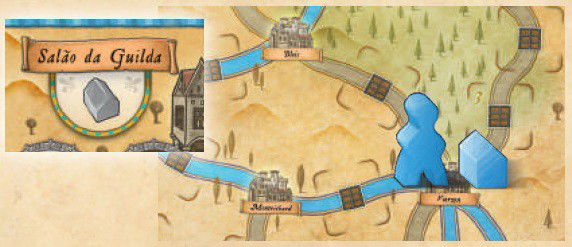
It's worth noting that, with the exception of the city of Orléans, where we start the game, the other 22 cities only allow one trading station each. It becomes a race to build a trading station there first, which is why I mentioned that this phase was important to play in a logical order. Not to mention that if you choose to do nothing on your turn, i.e., pass your turn, you won't be able to take any more actions that round.
Last but not least, Phase 6, where the Event actually resolves. Remember my tips for Phase 1 - Hourglass, and how important it is to be prepared. Each gain and loss may seem small, but believe me, they'll add up and make all the difference!

The truth is: you will always want to perform more actions than you can. There are many paths to victory. The challenge is to combine all the elements in the best possible way for your strategy.
Based on these tips, build your best strategy, manage your resources and followers, and win in Orléans!
Unboxing, Rules, and Gameplay videos
Unboxing:
Rules:
Gameplay:
Pedagogical Tips
If you're looking for a highly strategic game where kids will have plenty to do, with a huge historical background, and excellent stimulation, Orléans is the game for you!
I would start by showing the board with the cities, as they are real French cities. Use the internet to show a bit of the castles, and the story of Joan of Arc and Orléans. Following this, kids will love building their trading posts in cities where they know famous castles and gardens exist. This will give the game a whole new feel. Don't let this history and culture lesson pass you by.
The game has a lot to do, but the kids will have fun from start to finish, especially when they discover the final event in the round. Expectations will be high, as it could range from plague (a bad thing) to income (a good thing).
Then, everyone will check who has the most farmers to earn money and who will lose coins. It will be a moment to make fun of the friend with the fewest farmers, so try to make it light-hearted.
After that, they will draw followers from the bag (or little bag, for the kids) to see what they can get in this lucky moment. Depending on their planning, they will need specific followers, and they don't always get the ones they need. So, this means another moment of anticipation and good tension during the game.
Then they will fight with what they have, place the followers in the chosen places, and activate them. It's a lot! Notice how many stimuli Orléans offers:
- Management: to manage followers, money, goods, etc.;
- Strategy: to decide where to send followers, where to build trading stations, where to travel, what goods to collect, etc.;
- Decision-making: After outlining the strategy, it's time to actually make decisions. Choosing one action also means leaving something aside, which a lot to kids;
- Logical-mathematical reasoning: They're constantly counting the number of followers, available places, goods, tax payments, points, etc.
These stimuli will be present throughout the game and each round, all the time. In other words, they'll learn while playing. It's amazing!
Pedagogically, Orléans, in addition to the history and culture lesson it provides, stimulates strategy, management, decision-making, logical-mathematical reasoning, and, to top it all off, it's fun!
I recommend Orléans for your collection!








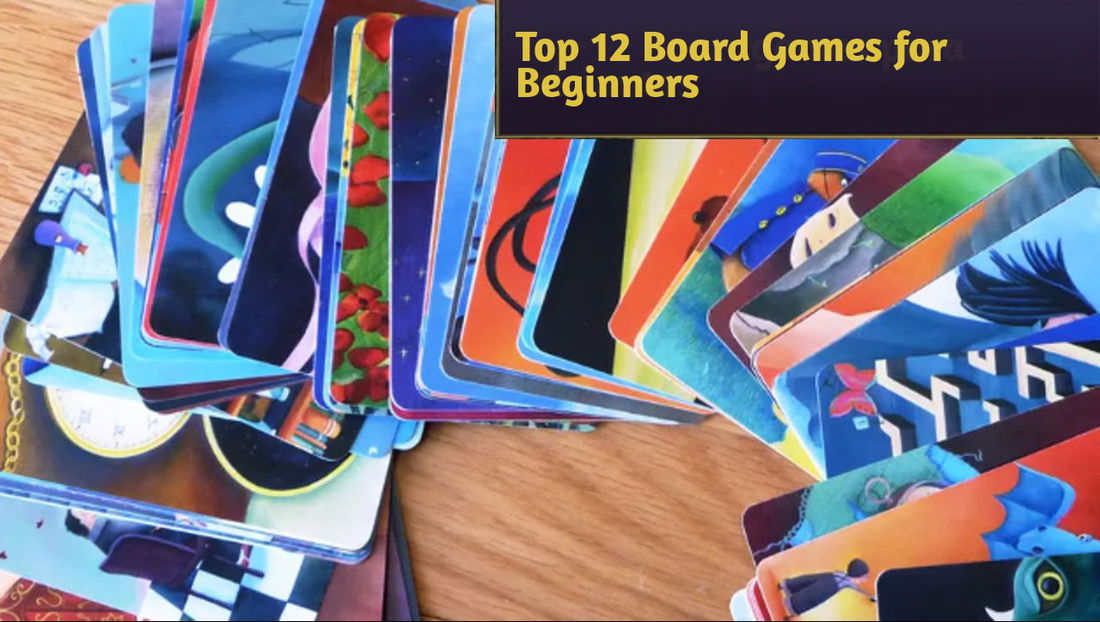


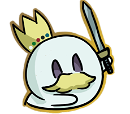
— Comments 0
, Reactions 1
Be the first to comment